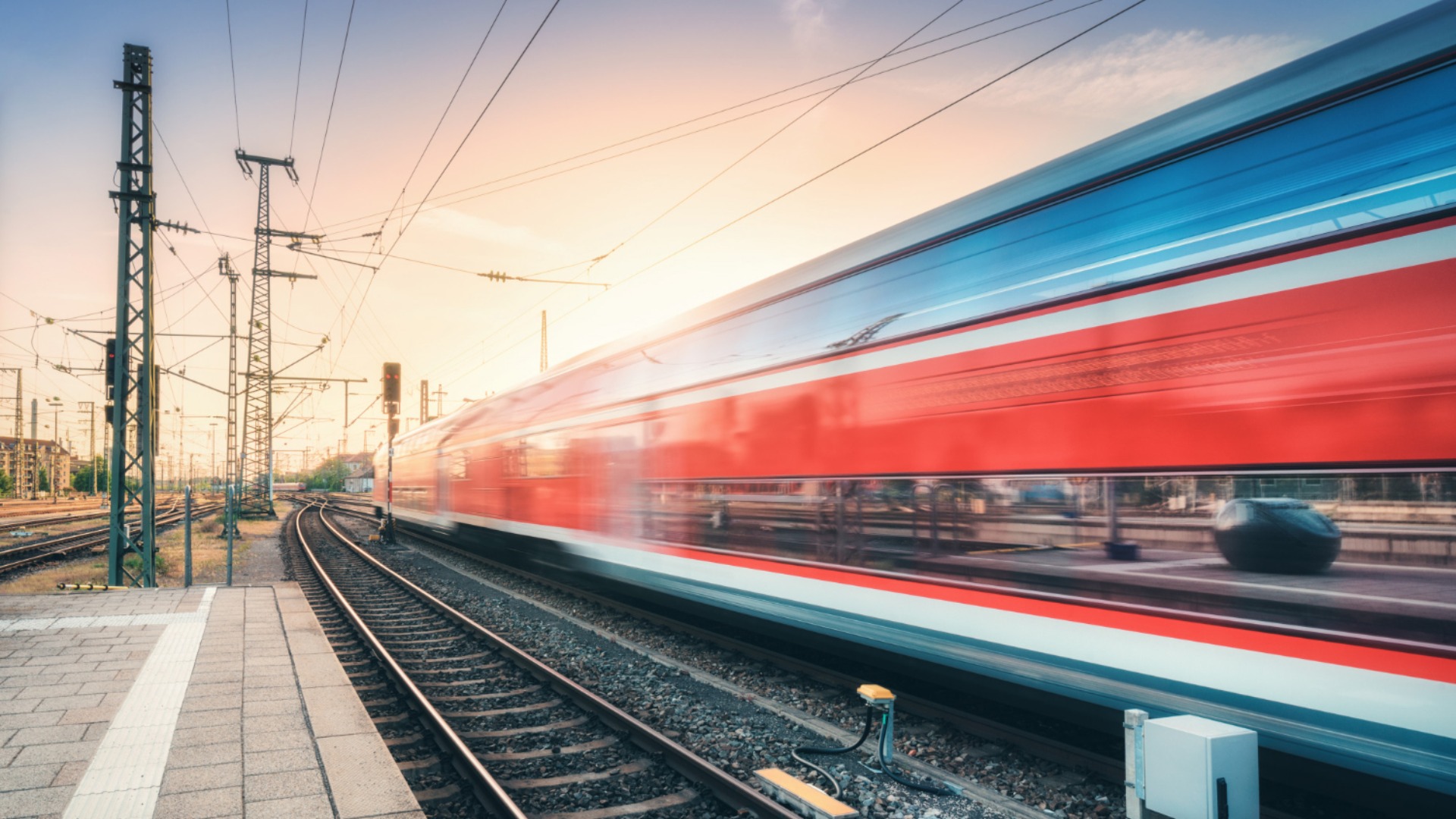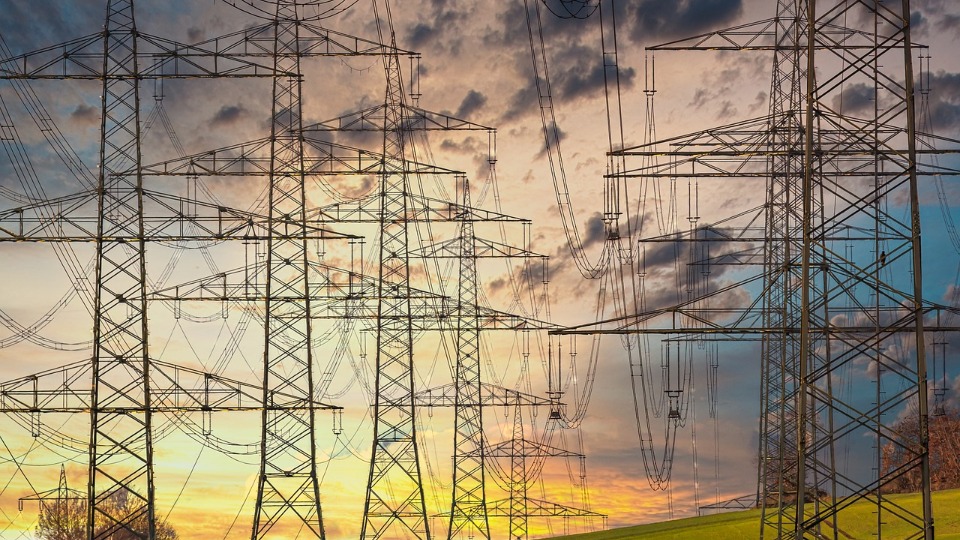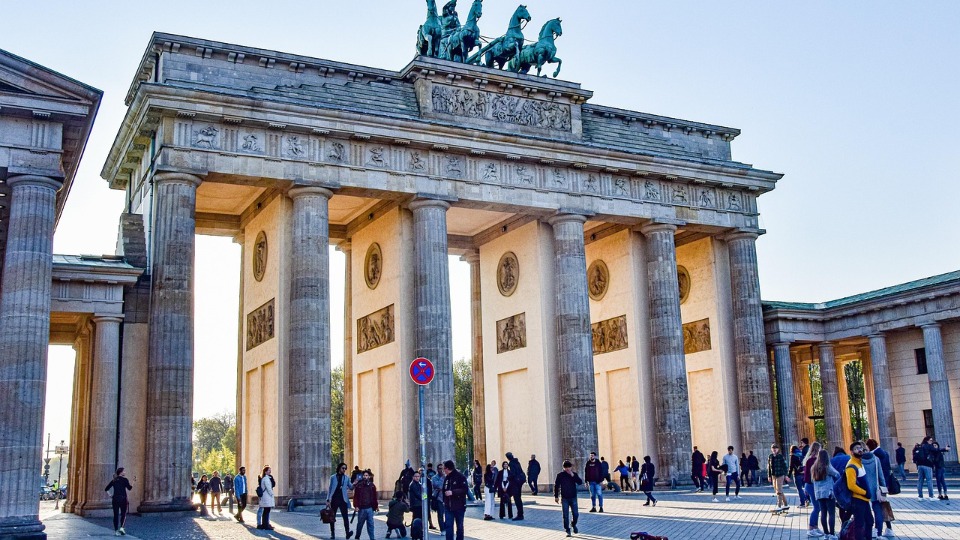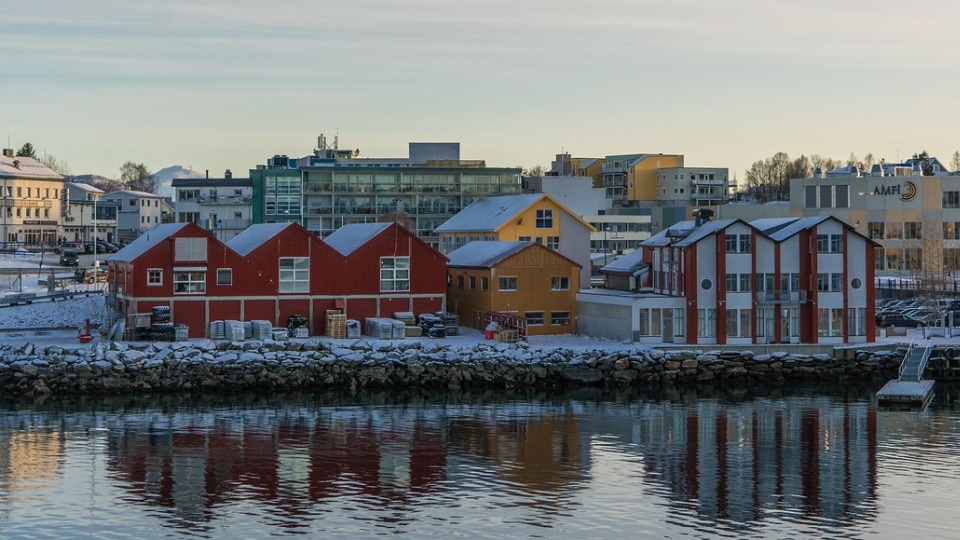
High-Speed Rail Electrification Implemented By Startup

Polish company Nevomo has devised a system that can retrofit existing railways to accommodate both conventional and electrified trains.
Over the course of many months this year, Nevomo tested their MagRail technology in Nowa Sarzyna, Poland.
MagRail employs magnetic levitation to drive train carriages without the friction of traditional track, much like hyperloop systems yet lacking the vacuum-sealed tubes. Each car is equipped with an electric motor in its bogie, or undercarriage, allowing them to operate independently of locomotives.
According to Nevomo, MagRail trains will be capable of speeds of up to 187 mph on existing railroad tracks and much greater speeds on high-speed rail lines. Stefan Kirch, the company's CBDO, estimates that the cost of modifying existing lines to accommodate MagRail would be somewhere in the range of one-third to half that of constructing brand-new high-speed rail. Such improvements would also have the side advantage of carbon reductions in the United States, where just 1% of the roughly 140,000 miles of train track uses electric propulsion.
The company additionally unveiled a video of its impressive levitating propulsion experiments.
However, the first focus will be on Europe and the Middle East. Nevomo has signed MOUs with the national railway companies of France and Italy to determine the economic and technical viability of MagRail and measure its potential and effectiveness.
By 2025, Nevomo hopes to have its MagRail system up and running for commercial use, most likely at a single European port or terminal. By 2027, it anticipates beginning its first commercial operation on public train lines.
MagRail Booster, a transitional MagRail solution, will be used by these pioneering businesses to electrify their current train cars rapidly so that they can run independently of locomotives. While this won't provide levitation or faster speeds, it will boost capacity and versatility for both passenger and freight trains. In the early 2030s, MagRail is expected to be used for the first time on a large scale.
The system is the closest modern rail technology comes to the six maglev lines in use in Japan, China, and South Korea. Trains on the Shanghai line can reach speeds of up to 280 miles per hour because to these systems, which employ magnets to both lift and push them. However, Nevomo claims that the price of a brand new maglev system is five times that of a MagRail retrofit.
The latter uses levitation beams on the exterior of the rail to transform conventional track. Magnets and a third rail are installed along the middle of the track for propulsion and electricity. When these features are implemented, an electromagnetic wave is emitted from the track and connects with the undercarriage of specially constructed cars to produce what is called a "magnetic surfboard effect," which levitates and propels the train.
Nevomo believes that the cost of converting a line for MagRail is between $8 million and $10 million per kilometre, whereas the cost of high-speed rail is $30 million per kilometre. Construction timelines might also shift from decades to years.
The company intends to license MagRail and offer the technology to train businesses in the United States. When compared to Europe, where private rail operators often operate on track controlled by governments, U.S. railways are generally owned by freight carriers which might make startup logistics simpler in certain instances.
However, the company could face significant logistical difficulties in the United States, as most train lines in the United States were built with tight bends that wouldn't be suited for the high speeds. In addition, if MagRail may disrupt freight operations in the United States, railroad owners would be hesitant to adopt it. Additionally, the planned running speeds are far higher than those of a regular freight train, which can create a number of operational and safety problems on existing common infrastructure.
Source: travelweekly.com








